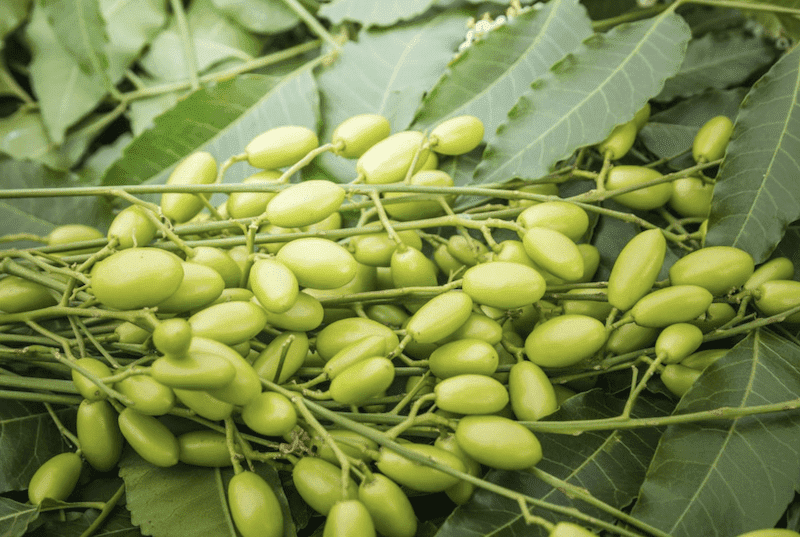FREEING PEOPLE FROM HUNGER
Growing To Give
Growing To Give is a registered 501c3 non-profit that develops projects and partnerships to free people from hunger across the country and around the world.
ON THIS PAGE
- Medicinal Trees
- Willow
- Ginkgo
- Neem
FREEING PEOPLE FROM HUNGER
Growing To Give
Growing To Give is a registered 501c3 non-profit that develops projects and partnerships to free people from hunger across the country and around the world.
ON THIS PAGE
For thousands of years, trees have been instrumental in shaping human civilization, providing not only oxygen, but also food, refuge, and a host of other vital resources. Beyond these roles, trees are also treasure troves of medicinal properties that have been harnessed over centuries. Regrettably, these traditional remedies have largely faded into oblivion with the rise of contemporary medicine. In this blog entry, we delve into the unique medicinal attributes of three remarkable trees - the willow, the ginkgo, and the neem.
Indigenous to Europe and certain regions of Asia, willow trees have served as a natural antidote for pain and inflammation over millennia. The vital component in willow bark, salicin, serves as a natural forebear to aspirin. Upon consumption, the body metabolizes salicin into salicylic acid, a substance recognized for its pain-easing and anti-inflammatory properties. Known as one of the oldest painkillers in history, the medicinal use of willow bark has been documented since the times of ancient Egypt, Greece, and Rome.
Originating from China, Ginkgo trees have had their leaves utilized in traditional Chinese medicine for countless years. Extracts from Ginkgo biloba have gained popularity as supplements in the West, largely due to their perceived cognitive and memory-enhancing benefits.

Loaded with powerful antioxidants like flavonoids and terpenoids, Ginkgo leaves offer protection to cells against the damage induced by oxidative stress. It's common to use Ginkgo biloba extract for boosting cognitive functions, especially among older individuals. Evidence suggests that it bolsters memory and concentration and may also provide neuroprotective benefits.
Besides cognitive enhancements, Ginkgo extract aids circulation, particularly in extremities like hands and feet, making it potentially useful in managing peripheral artery disease. Moreover, Ginkgo extract demonstrates anti-inflammatory and antiplatelet properties, further extending its medicinal potential.
Native to India and Southeast Asia, Neem trees hold a significant place in the practice of Ayurvedic medicine. Each component of the neem tree - encompassing the leaves, bark, flowers, seeds, and roots - carries medicinal attributes. Significantly, neem leaves are acknowledged for their antibacterial, antifungal, and anti-inflammatory properties. They are commonly used in treating skin conditions such as acne, eczema, and psoriasis, and are also reputed to boost wound recovery. Neem leaves are typically crushed into a paste or made into a tea and applied topically. Neem leaves contain substances known as limonoids, demonstrated to possess antitumor and anticancer properties. Furthermore, neem oil, extracted from the tree's seeds, is a traditional medicinal tool. Often employed as an organic pesticide, it proves to be efficient against a wide range of pests, encompassing mosquitoes and fleas.
Trees have served as a medicinal reservoir for millennia. The bark of the willow, the leaves of the ginkgo, and neem tree parts exemplify the vast array of medicinal properties trees can offer. These organic remedies have been used to mitigate a wide range of health issues, spanning from pain and inflammation to mental deterioration and skin disorders.
While modern medicine has largely superseded these time-honored remedies, they retain a significant role in today's world. Indeed, numerous individuals are seeking natural remedies as alternatives to avoid prescription medication side effects.